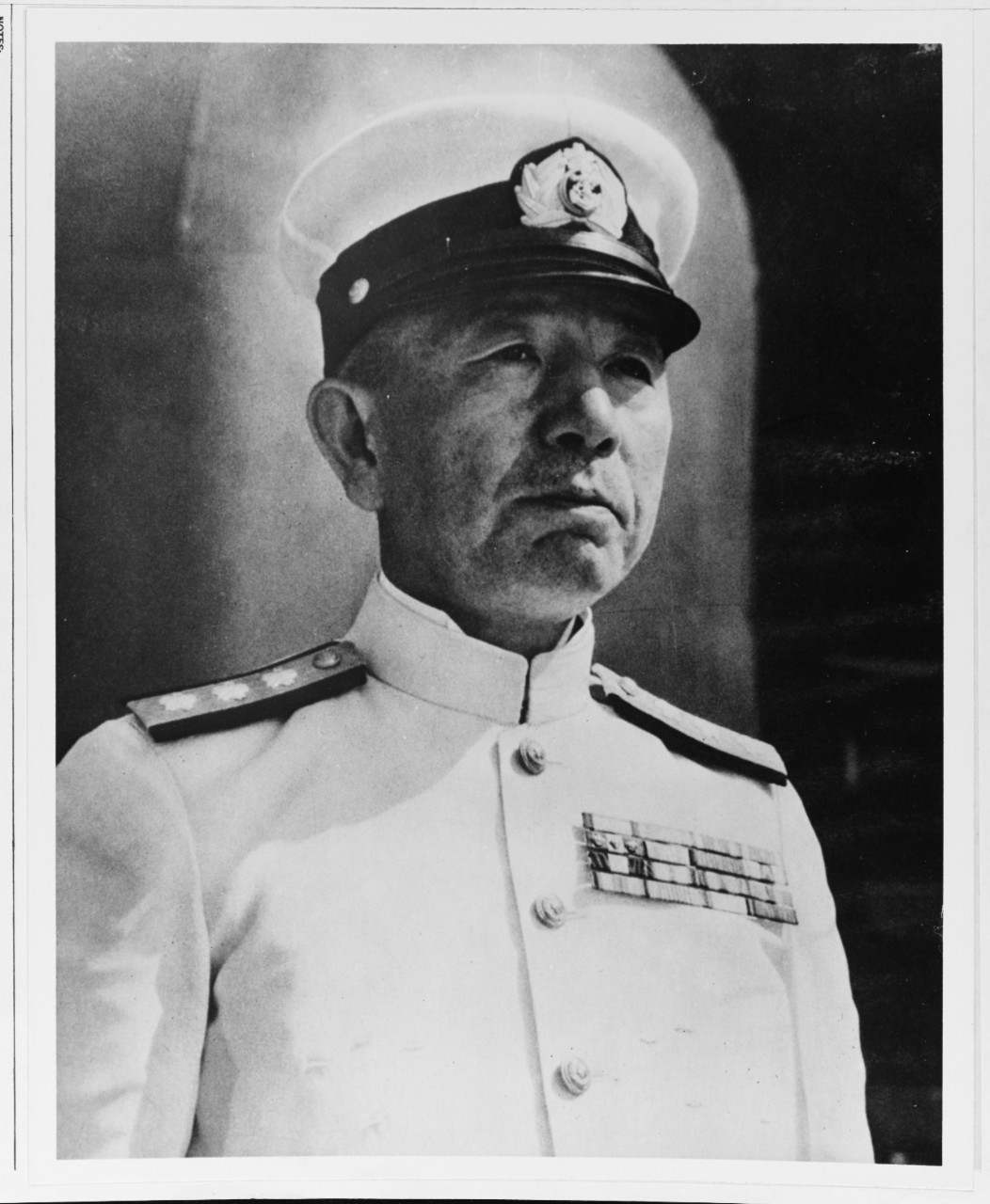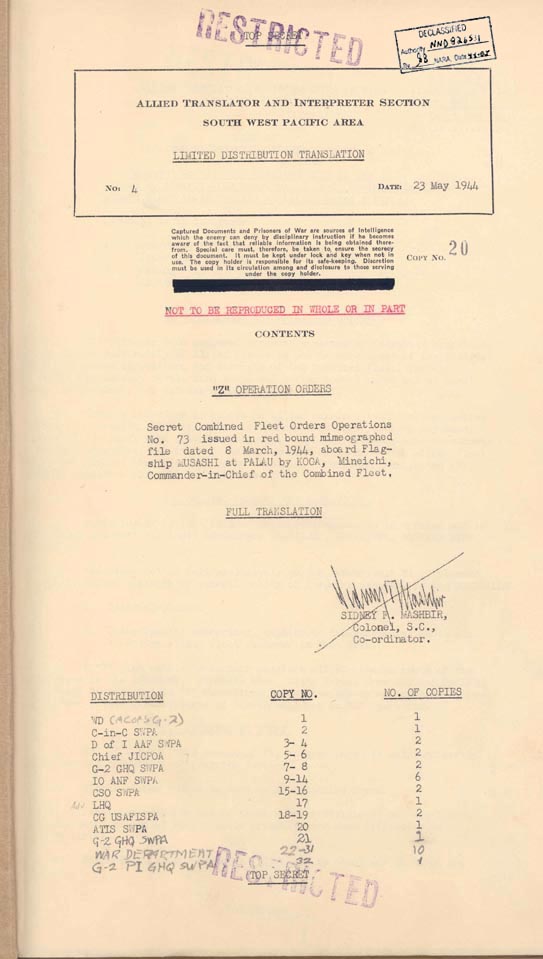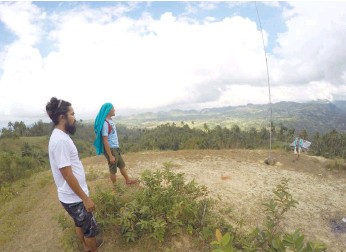
World War II– a war we never knew that our ordinary fishermen were a part of, and contribute to the win.
Let’s look back at the history of World War II to recall some historical events that involved the Cebuano people and how we, as a nation, became a key to the end of the Japanese invasion.
The war involved several major countries in the world, but this blog post will be about the American and the Japanese people battling in the Philippines during the Second World War.
The Japanese invaded the Philippines in 1941 with an objective to rise to power and rule the neighboring countries and abort the Western and European influences around the area.
In 1944, the U.S. Armed Forces started a journey to the Philippines with the aim to free nations from the Japanese power, but the enemy was too strong to be taken down immediately.
The Japanese forces, on the other hand, were already making plans to shut down the U.S. Army to allow them to conduct their masterplan successfully.
Why did the Japanese choose the Philippines? According to War History Online, it was because of the location, and many other reasons.
And the “Z” Plan was born.
Admiral Mineichi Koga wrote a plan to defeat the Americans, put it on paper, and flew off to the Philippines. The plan included strategies which could have been the starting point of the fall of several countries if it wasn’t for a timely crash.
Hours after Koga flew off, he died in a plane crash due to a tropical storm on April 1, 1944.
What happened to the plan? The plan that he drafted on a piece of paper crashed with Admiral Shigeru Fukudome on another crash following Koga’s. Fukudome’s accident happened between Bohol and Cebu.
Fukudome was saved but was eventually arrested. If you are wondering what happened to the plan, read on.

Admiral Mineichi Koga . Photo from history.navy.mil/

Detail of first page of the translated “Z” Plan. Photo by www.archives.gov/publications
The Filipino people did not need to shed blood to be called heroes.
The documents were safe but were separated with Fukudome after the crash. Fortunately, the files were found floating in Cebu waters and were retrieved by some local fishermen in Carcar.
100 meters away from the shores is another historical site for the people of Cebu. In one of San Fernando’s mountains was a watchtower stationed to give a wide view of the sea from above. This has helped in the recovery of the “Z” Plan. There are talks that there will be parts of San Fernando that will be turned into historical spots in honor of the WW2.

Bandilaan was the viewdeck of the early people in San Fernando and the guerilla forces against the Japanese during World War II. Photo from pressreader
The documents were important and played a huge role during the war. It revealed that most Japanese soldiers were based in the southern part of the Philippines (Mindanao) in preparation of an attack, while there were less of them in some places.
Douglas MacArthur landed in Leyte and turned it as an invasion site because there were less Japanese soldiers there.
The rest is history.
Sources: Press Reader, Filipiknow, War History Online